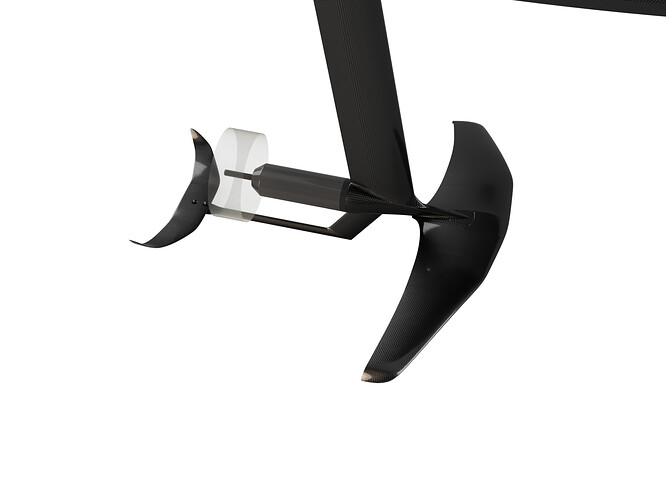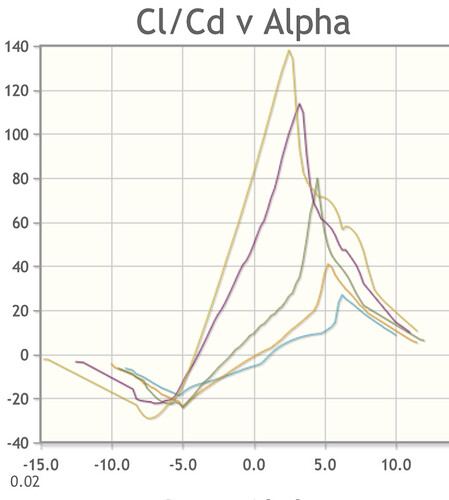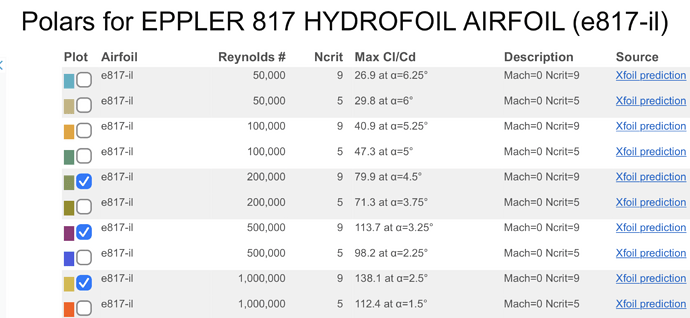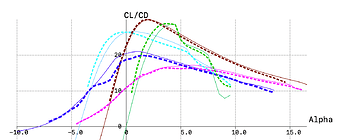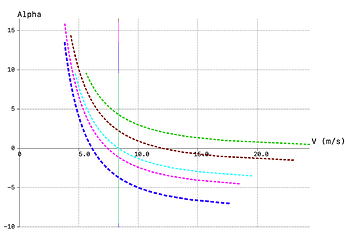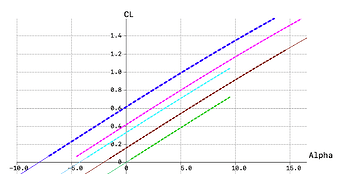Hi,
I’m currently designing wings for my efoil in fusion. From pictures of fliteboard and similar efoils it seems like these are using zero or close to zero level of incidence for their front wing.
The required lift seems to be generated mostly by angling the back wing.
Could someone confirm that zero degree level of incidence is the way to go?
I think they are close to zero. But I don’t believe most of the lift is generated from the rear wing. That should be acting as just a stabilizer with the lift being generated by the airfoil of the front wing.
I never played with it, IMO for efoils it doesnt change much.
But from what i read it seems it can help making take of easier/more fluid since the airfoil is automatically at the right angle of attack, coinciding with the planning angle of the board
As for the tail, yes, its just an stabilizer and usually makes downward force
Edit: link Mast Plate Shimming,huge effect for little $
I don’t think the front wing is at zero degrees, if it would be then (as far as i know) the wing isn’t working at the best lift to drag ratio. Between 2-5 degrees is my guess, like this for Eppler 817 (from airfoiltools), reynolds from 200k to 1000k
Please keep in mind that a 3D flow differs significantly from a 2D profile analysis unless you are going for infinite span width. So just because a profile performs well in a 2D analysis, your final wing design should cover a 3D analysis.
I can recommend XFLR5 (free) or flow5 to get deeper insights into wing calculation. In my wing design the angle of incidence is approximately 0, while an AoA of 8° will lift you out of the water at 15 km/h.
Sure, you can increase the AoI, but that will lower your driving comfort since you probably need to ride your board tilted nose down in order to compensate for too much lift.
Yes, good comment. When going at my normal speed on my Gong wing it feels like horisontal, full speed i have to tilt down my board which is not so nice. However i guess wing optimum could be placed at flat board angle since this is the angle your body knows best to find? This is barely speculation on my part though. Surfing waves isn’t exactly horisontal but i don’t do that yet. I guess the balance will be unique to each wingset and manufacturer also!
Thanks for your recommendation!
I have sketched my current wing according to an slightly modified S7055 airfoil.
I’m afraid that the takeoff speed would be quite high for my 740cm2 wing.
What is the max speed you achive with your wing design? and what is the AOA at that speed?
Just as a quick preview, I will probably go into detail some day in a dedicated thread. I’ve compared some foils based on one reference 3D wing: The light blue curves belong to my final choice (Eppler E817) and as you can see, I lift oft at 5 m/s with an all up weight of 115 kg and an AoA of approx 8°. Point of maximum lift-to-drag-coefficient versus alpha is at approx. 0° which equals to 0° AoI (cruise flight at 30 km/h), since the wing will not be installed angled (however you will be able to change it with help of a wedge).
Wing area: 1000 cm^2
Span: 80 cm
AR: 6,4
Lift is not just created through the rear Stabilize, although ut can help created lift.
If you look at Axis offnad, their aoi is about 1-2degrees front wing with 2-4 degress
on the rear. Adrian Roper figures that the two combined should be in the 4-5 range.
